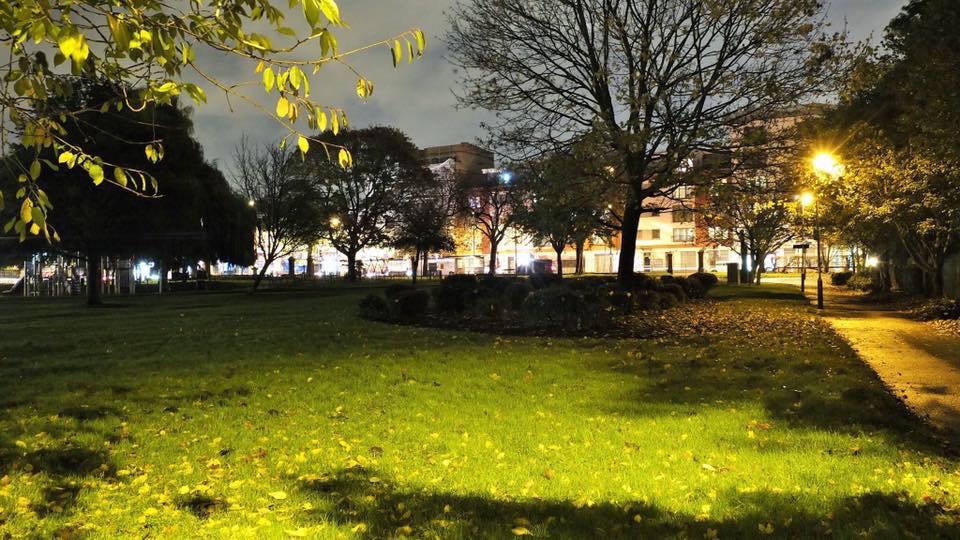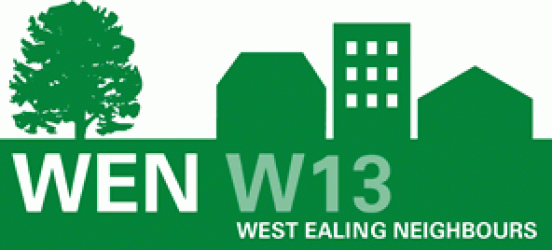As part of an ongoing series, Eric Leach reports from the Independent Examination of Ealing Council’s 2026 Local Development Framework Core Strategy (LDF CS).
DAY 2 – Wednesday 2 November 2011
HOUSING
Less than 20 people assembled today for the second day of Planning Inspector Fieldhouse’s public examination of Ealing’s Local Development Framework Core Strategy (LDF CS). This document outlines the Borough’s spatial strategy – ie how land will be used – over the next 15 years.
The London Mayor tells us that London’s population will increase by 1.3 million by 2031. In order to accommodate these people 32,000 new homes need to be built each year in London.
All attending residents’ groups were unhappy with Ealing’s annual new home building target (890/year); the total 15 year target (14,000); and the location of 10,000 of the new homes within 1 kilometre of Southall, West Ealing, Ealing Broadway and Acton Stations.
SEC pointed out that all the other West London boroughs had annual targets for new home building which were half or less than half of Ealing’s annual target. Ealing Council said that Ealing’s target was given to them by the GLA. Many of us have felt for a while that Ealing wanted a high target. Ealing Council bristled at the suggestion that local housing was for local people and effectively said that we were part of London and that some of our new homes would be bought by overseas buyers. EFoE commented that as this international sales strategy was a policy it should be published – so that all Ealing rate payers would be aware of it.
A long argument was taken up on the subject of whether Ealing’s policy for 50% Affordable Homes was a robust policy. The Council seemed to hedge its bets with regards to allowing financial viability studies – on a case by case basis – which could result in fewer Affordable Homes. What really kicked this debate off was someone pointing out that the Affordable Homes percentage in the Dickens Yard development was a paltry 10%. (The failed Arcadia proposal was not much better at 17%).
The replacement S106 ‘tax’ on property developers will be the Community Infrastructure Levy (CIL) which will cost property developers £15/sq metre. So for every new home built around £3,000 will have to be paid to Ealing Council.
I made the point that the Council’s plans for delivering 890 new homes each year was just not deliverable. Last year, for example, only 343 new homes were built out of a target of 848 – just 37% of target. In August 2011 the Government reduced the Affordable housing budget by a whacking 63%. Recent Housing Association research showed that all of them, because of the Government’s new Affordable Homes programme, can’t see any increase in housing delivery. Finally Government forecasts are that there will be zero Affordable Home starts in London from 2011 to 2013. I got no response whatsoever to these points. Do I assume they agree with me?
Separately the Council appeared very buoyant about meeting all these housing targets.
The Park Community Group queried Ealing Approved Planning Applications database. It showed 190 housing units on the Ealing Cinema site which many of in the room knew to be an error as the planning permission didn’t include any residential provision. Also the database didn’t include the 129 housing units at Westel House. So not so robust an Evidence Base at all.
A number of people expressed the view that it would be much more financially viable to build Affordable Homes on low value land. Of course all Uxbridge Road town centres’ land is high value. EFoE pointed out that building private homes on expensive land would just escalate the value of the site.
I questioned certain key housing numbers. The LDF CS tells us that 4,002 new residents in Ealing District would occupy 2,600 new homes (90% in Ealing Broadway Ward) by 2026. This gives us an occupancy rate of 1.56 residents/home. This is low and suggests that there will be few 3 to 4 bedroom homes. However not one but two Council policies require more 3 and 4 bedroom homes. Sue New then chimed in with powerful additional data to back this up. Many of the recent large housing developments have been dominated by 1 and 2 bedroom homes – Dickens Yard (85%), Green Man Lane (75%), Acton Bus Depot (100%) and Westel House (80%). Again the Council failed to respond.
1,245 new homes will be built on or close to West Ealing Broadway. This will involve the demolition of some 18 buildings which collectively house 50 shops. I said this was something even the Luftwaffe had failed to achieve in World War II. The Edwardian/Victorian buildings are all in use and the shops are both small independent traders and large chains like Boots, Costa Coffee, BHS, Barclays Bank and Sainsbury’s. Small traders would be thrown out and would never return. 11 new blocks of flats would be built in West Ealing Broadway with more expensive retail premise on the ground floor. Even the big name retailers may not return. Hanwell Broadway is quite similar to West Ealing Broadway, but smaller. Like West Ealing Hanwell will become a Crossrail town. But no similar destruction is planned for Hanwell. Why is this? No answers yet again.
The current level of the Ealing Council Housing List has apparently risen to 17,000
Southall Gas Works site (3,750 new homes) has not yet started and its completion date is a surprising 2031!
An interesting discussion took place on green space. Over 700 flats have been built in the centre of West Ealing over the last 4 years but there has been no new green space provided. The very small Dean Gardens is the only green space and apart from expanding the play area no additional green space has been provided. Green Man Lane will have 3 new areas of green space but two of them will be private to the new residents who will surround them in their homes.
Of course the elephant in the room was the relentless recession in the UK allied to the meltdown in the Eurozone. I had the feeling that debating all these housing numbers was akin to us all admiring The Emperor’s New Clothes.
Eric Leach
2 November 2011


Wow! And we actually pay people in Ealing Council to produce this stuff? I believe that the man responsible at board level in Ealing Council is the same man who is responisble for the fountain in Walpole Park. Perhaps a major and useful economy in these budget-cutting times would be his outplacement from Ealing Council. It wouldn’t cost much, there is such clear evidence of incompetence that he would go quielty.
Will.
Keep well, Eric. Sounds like it is going to be a trying series of meetings.